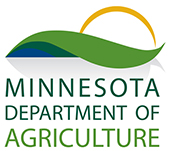Protecting Your Home From Wild Animal Intrusion
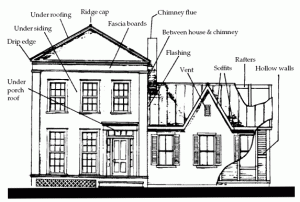 When we think of wildlife management services, we often envision humane animal removal or pest control. However, there’s a vital service provided by Minnesota Wild Animal Management that deserves more attention – Nuisance Wildlife Exclusion. Today, we’ll explore this often overlooked but essential aspect of wildlife management that can safeguard your home from unwanted critters during the winter months in Minnesota.
When we think of wildlife management services, we often envision humane animal removal or pest control. However, there’s a vital service provided by Minnesota Wild Animal Management that deserves more attention – Nuisance Wildlife Exclusion. Today, we’ll explore this often overlooked but essential aspect of wildlife management that can safeguard your home from unwanted critters during the winter months in Minnesota.

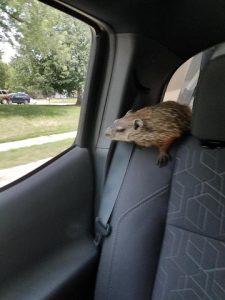 Minnesota boasts breathtaking landscapes filled with vibrant wildlife. When creatures such as wild animals encroach into our living areas and become nuisances; however, ensuring coexistence while responsible wildlife management becomes critical to maintaining peace in Minnesota’s wilderness regions. Minnesota Wild Animal Management understands these difficulties first-hand and offers effective solutions that address concerns while safeguarding both residents and wild animals alike.
Minnesota boasts breathtaking landscapes filled with vibrant wildlife. When creatures such as wild animals encroach into our living areas and become nuisances; however, ensuring coexistence while responsible wildlife management becomes critical to maintaining peace in Minnesota’s wilderness regions. Minnesota Wild Animal Management understands these difficulties first-hand and offers effective solutions that address concerns while safeguarding both residents and wild animals alike.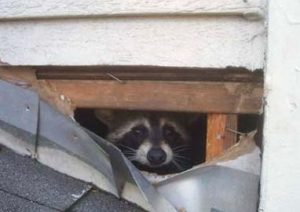 The North American wilderness is a tapestry woven with the diversity of wildlife, each species contributing to the delicate balance of ecosystems. Among these fascinating creatures is the racoon, a somewhat enigmatic and often misunderstood animal. Minnesota Wild Animal Management is here to shed light on the role of racoons in the environment and offer insights into responsible management when these elusive creatures
The North American wilderness is a tapestry woven with the diversity of wildlife, each species contributing to the delicate balance of ecosystems. Among these fascinating creatures is the racoon, a somewhat enigmatic and often misunderstood animal. Minnesota Wild Animal Management is here to shed light on the role of racoons in the environment and offer insights into responsible management when these elusive creatures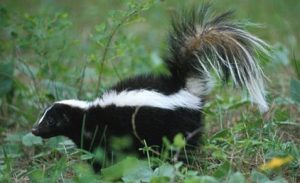 Living in the picturesque state of Minnesota often means coexisting with a diverse array of wildlife. While encountering these creatures in their natural habitat can be a magical experience, it’s a different story when they find their way into our homes or properties. Infestations by wild animals can pose risks to both the safety of our families and the structural integrity
Living in the picturesque state of Minnesota often means coexisting with a diverse array of wildlife. While encountering these creatures in their natural habitat can be a magical experience, it’s a different story when they find their way into our homes or properties. Infestations by wild animals can pose risks to both the safety of our families and the structural integrity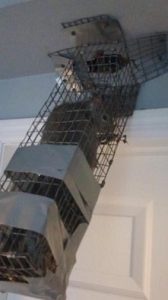 Living in Minnesota, surrounded by lush forests and abundant wildlife, we are constantly reminded of the beauty and diversity of nature. The presence of wild animals enriches our lives and contributes to the ecological balance. However, there are times when human-wildlife interactions can lead to conflicts or unfortunate incidents. This is where Minnesota Wild Animal Management steps in with their humane wildlife rehabilitation service, fostering coexistence between humans and the remarkable creatures that inhabit our state.
Living in Minnesota, surrounded by lush forests and abundant wildlife, we are constantly reminded of the beauty and diversity of nature. The presence of wild animals enriches our lives and contributes to the ecological balance. However, there are times when human-wildlife interactions can lead to conflicts or unfortunate incidents. This is where Minnesota Wild Animal Management steps in with their humane wildlife rehabilitation service, fostering coexistence between humans and the remarkable creatures that inhabit our state.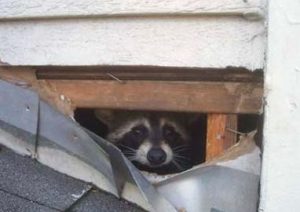 When summer heats up in Minnesota, its picturesque landscapes come alive with wildlife. At this time of year, extra care must be taken to protect and preserve our state’s varied ecosystem. Minnesota Wild Animal Management is dedicated to supporting native wildlife, and in this blog post we’ll highlight key steps you can take during these hot months to ensure their well-being and ensure their safety during this post’s summer months.
When summer heats up in Minnesota, its picturesque landscapes come alive with wildlife. At this time of year, extra care must be taken to protect and preserve our state’s varied ecosystem. Minnesota Wild Animal Management is dedicated to supporting native wildlife, and in this blog post we’ll highlight key steps you can take during these hot months to ensure their well-being and ensure their safety during this post’s summer months.
